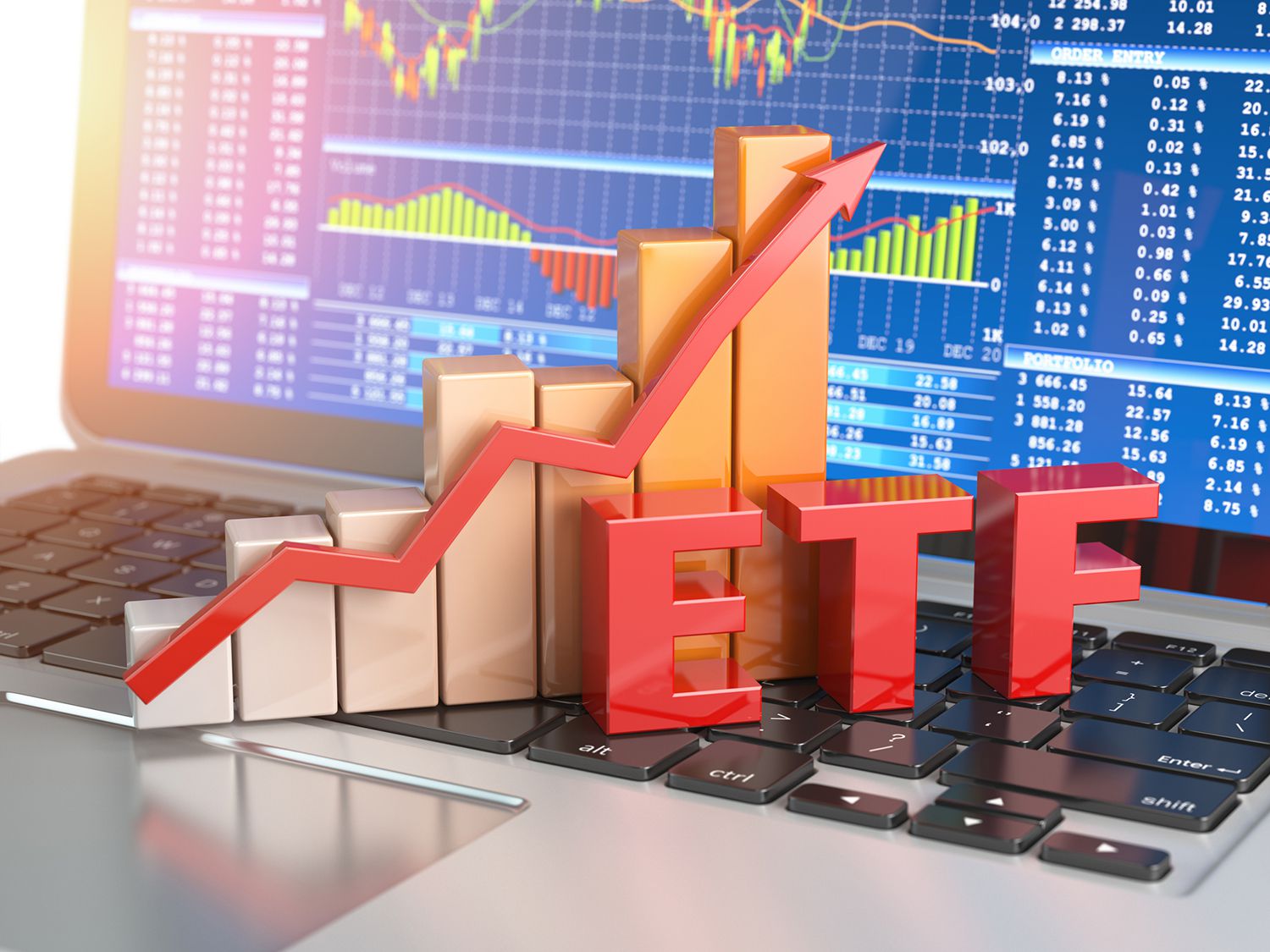- Published on 16 Jun 2021
- - What is Financial Planning?, Self Managed Superannuation, Directly Held Investment Portfolio, Investment & Financial Advice, Transition to Retirement

Exchange-Traded Fund investments are gaining popularity but do we really understand them? While they can be low-cost and relatively simple, there are a few other things you should know before hopping on board.
According to research undertaken by Morningstar, Australian investment in Exchange Traded Funds (ETFs) grew by 30.4% in the twelve months ending December 2020 to reach a capitalisation of $79.3 billion (US $60.8 billion).
What do these investors know that you don’t?
In a nutshell, ETFs are a type of investment that behave like shares, meaning that they can be bought and sold on the stock exchange, while offering the flexibility and liquidity of a managed fund.
In Australia, there are two types of ETF, physical and synthetic.
Physical
Physical ETFs buy underlying investments like shares and other assets. When you invest in an ETF you don’t directly own the assets, you purchase units. Through the movement of those units investment performance is achieved.
Synthetic
Synthetic ETFs not only purchase underlying fund assets, but their performance is often achieved through investment in derivative products. This makes them a more complex style of investment.
Other types of ETF exist outside of Australia but the Australian Securities and Investments Commission (ASIC) warns that those products are highly sensitive to market fluctuations and carry greater risk – in short, they’re not for the faint-hearted!
The upsides and downsides
If you’re still wondering why ETFs are so popular, one of the main reasons is that for a relatively low cost, you can access portfolios of domestic shares and direct property not normally available to individual investors.
Some ETFs track the movement of a single market sector; others track broader markets with hundreds of holdings. Such trading capability provides huge potential for diversity across international assets and markets.
Subsequently, investment in ETFs carries greater risk when compared with managed funds as their performance is designed to track a specific index or investment. As already mentioned, owing to their complexity, synthetic ETFs are riskier than physical ones.
Trading prices are readily available but you should be aware that brokers may quote a higher price after factoring in brokerage fees. Further, it’s advisable to check management fees before investing – not all ETFs are the same.
ETFs seem particularly well-suited to SMSFs and pension funds seeking low-cost portfolio diversification, but as with any investment, professional advice is vital.
If this article has piqued your interest and you’d like to learn more about ETFs, contact your licensed financial adviser to determine if they’re appropriate for your portfolio.
Why not take the next step and find what opportunities are available for you?
LifeTime Financial Group are specialist (holding appropriate accreditations) advisors who are ideally positioned to assist you in planning for your financial future.
If you would like to discuss your current Pension position, why not call us today on 03 9596-7733? There is no cost or obligation for our initial conversation/meeting.
LifeTime Financial Group. A leading privately-owned Melbourne-based Financial Planning practice with no ties to any financial institution.
